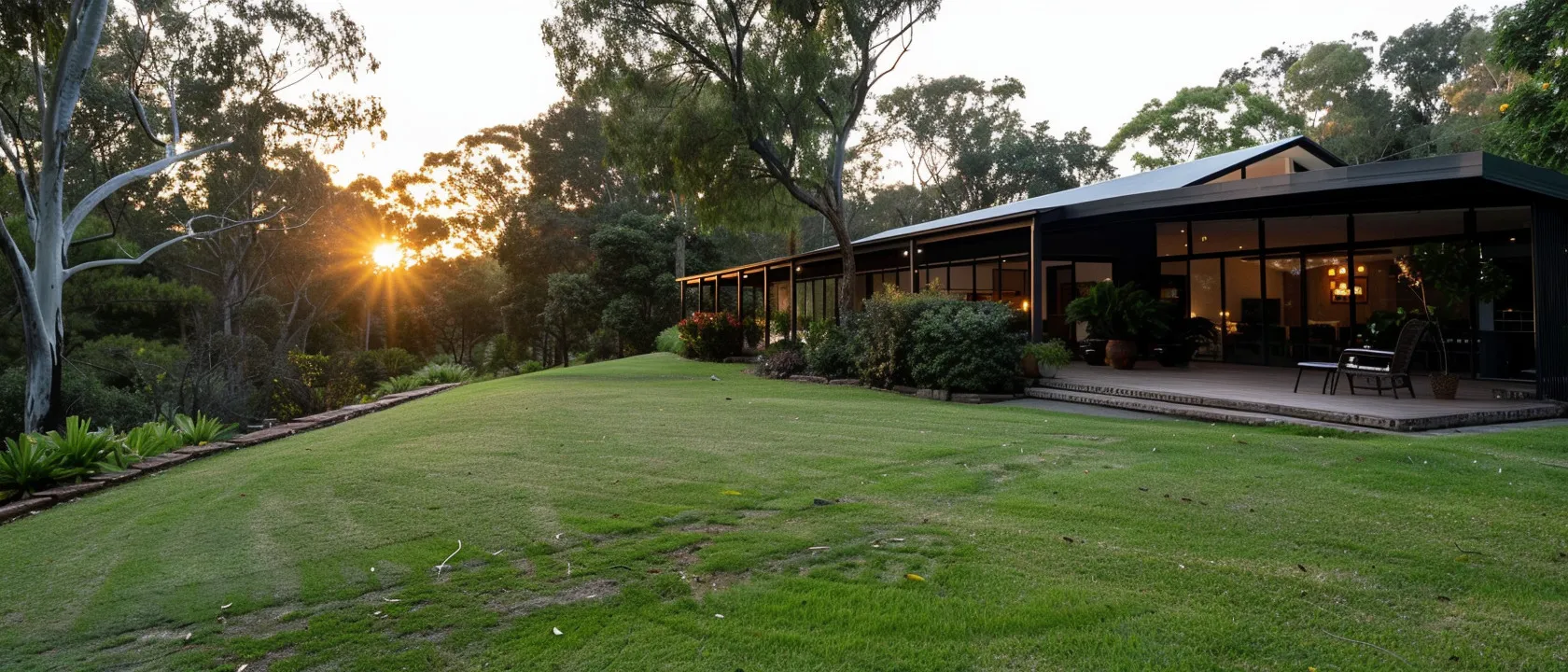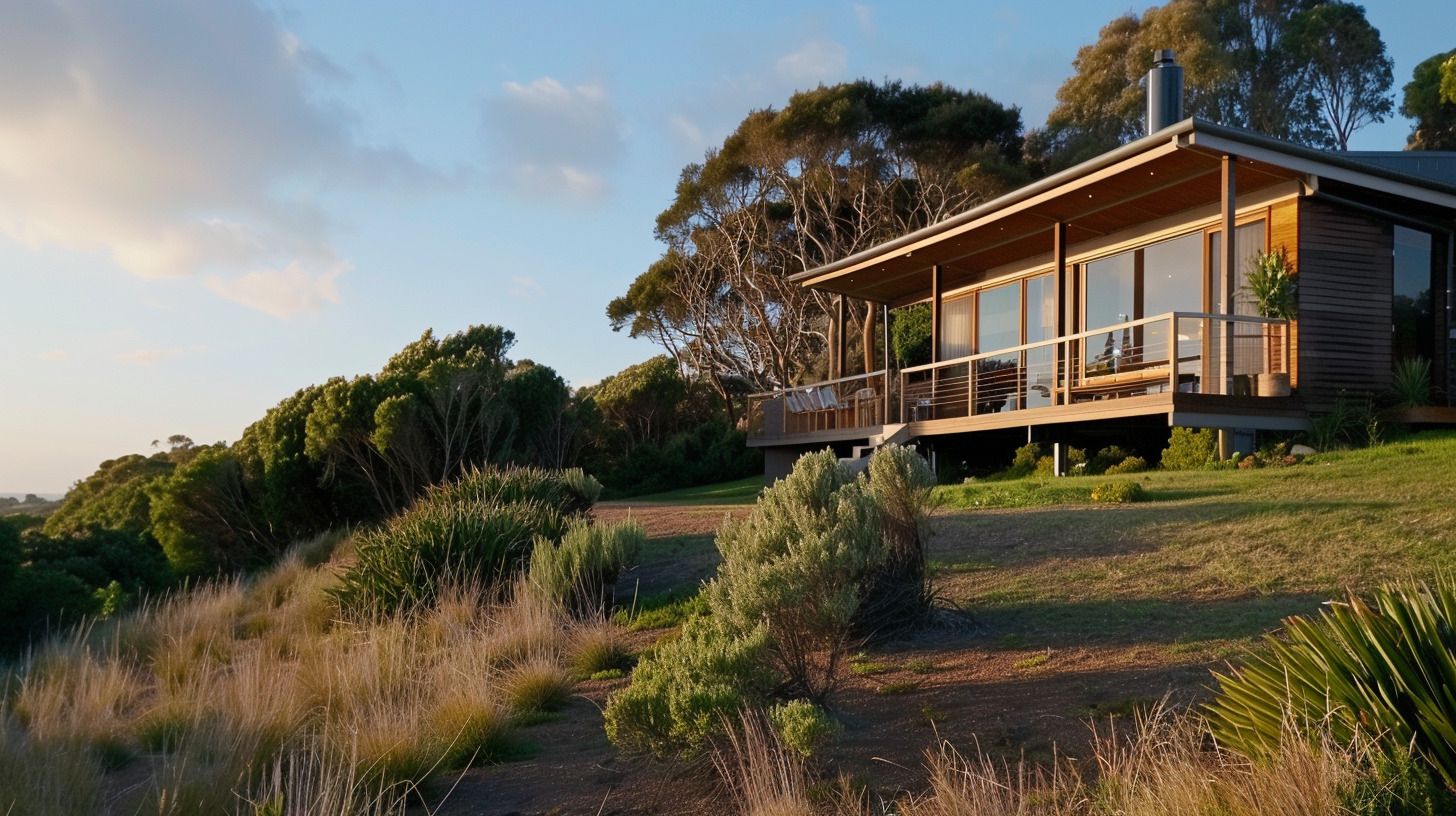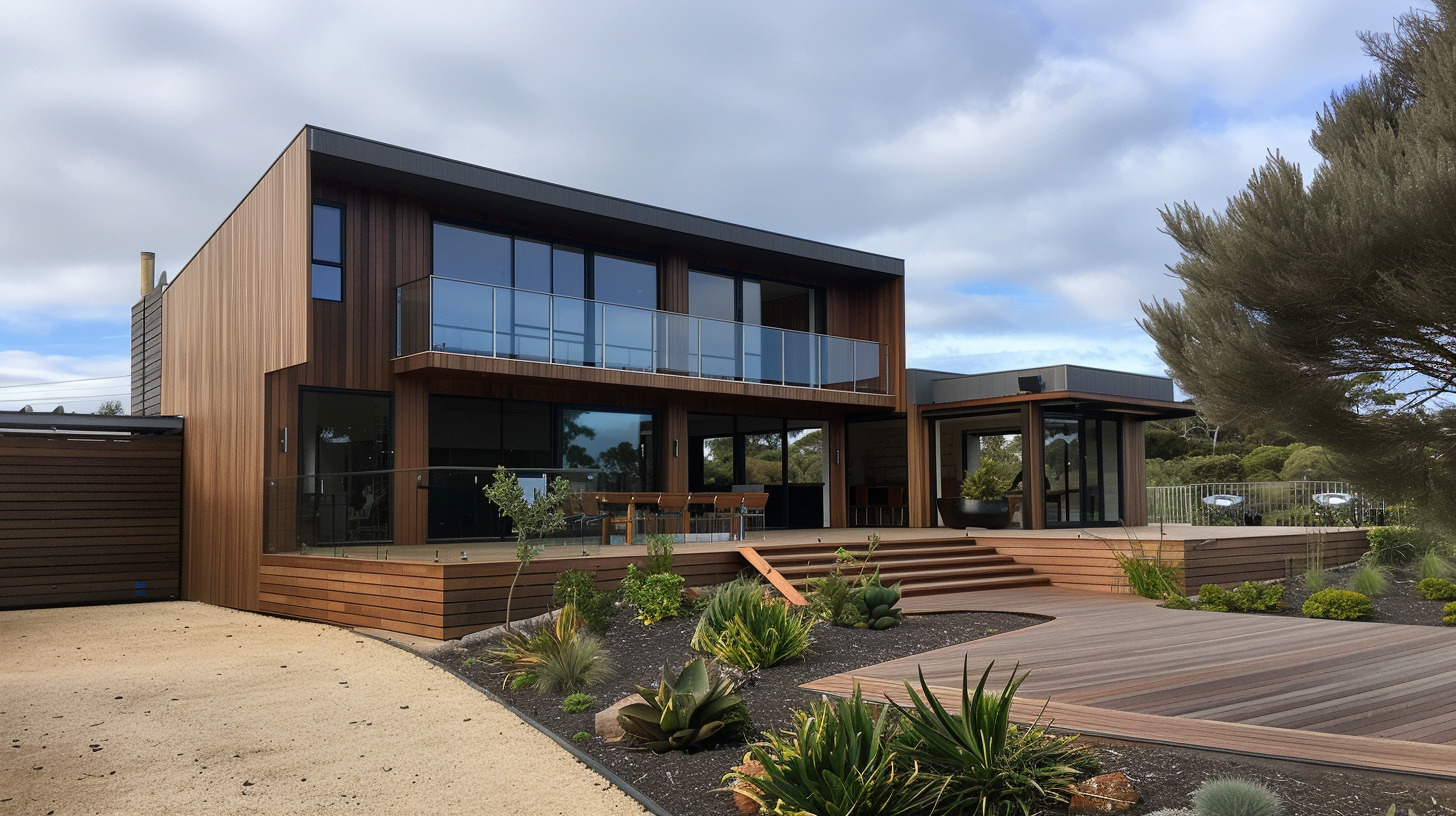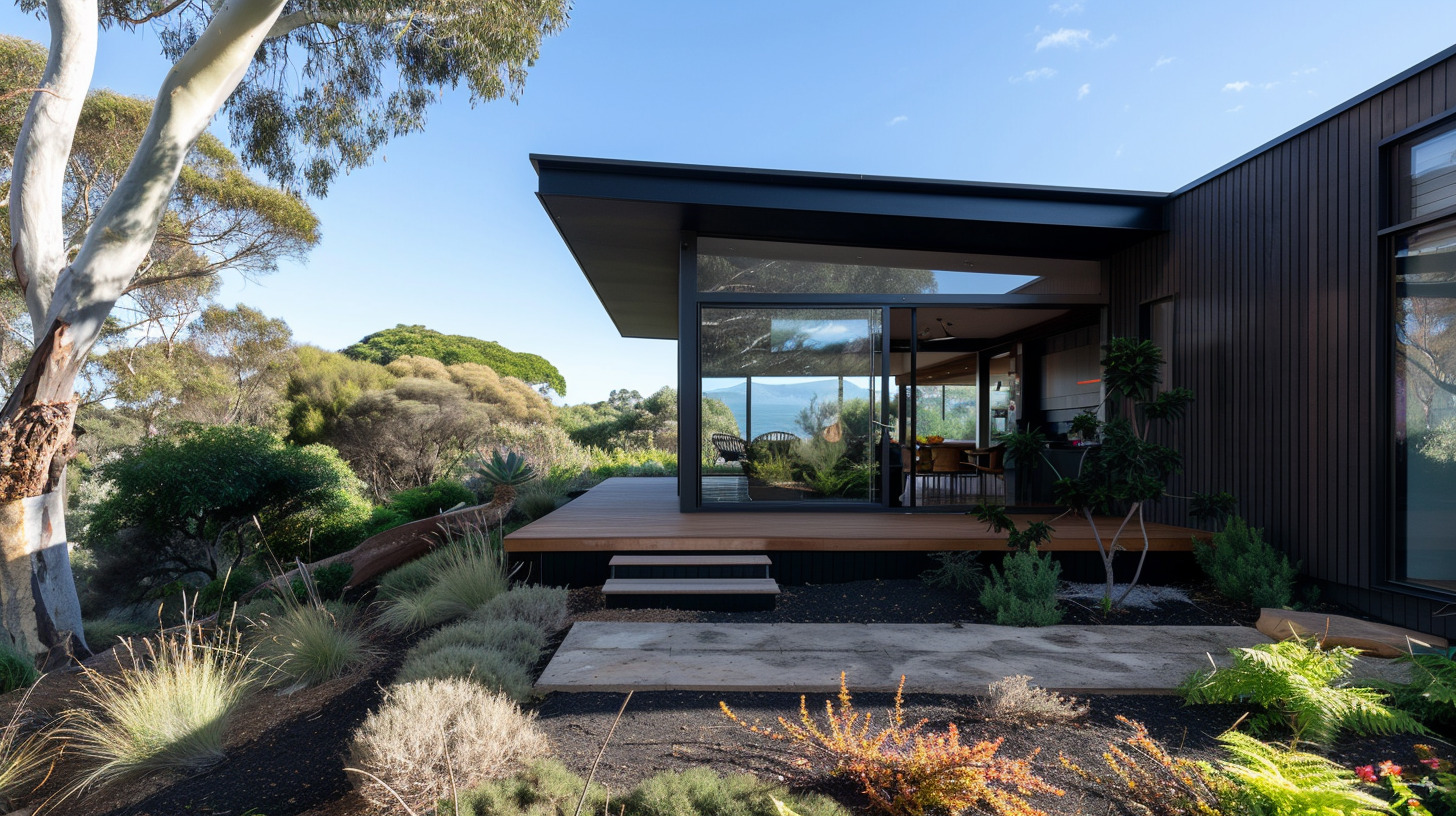
What this service includes
Service Overview
Salt air, wind-driven rain and “unwashed” areas make coastal homes hard on materials. Trevor treats durability as a whole-system problem: correct product selection for the local corrosivity, compatible fasteners, smart edge/lap details and realistic maintenance access. Calm, practical advice; tidy execution; long-life outcomes.
What You Can Expect
- Right product for the zone — claddings/roof sheets chosen for your site’s marine exposure (distance to breaking surf, wind, topography).
- Compatible fasteners & accessories — avoid galvanic mismatch; specify fixings that suit the base metal and coating.
- Edge & lap detailing — protect cut edges; design penetrations, flashings and terminations to shed water.
- Unwashed areas strategy — plan rinsing access for soffits/underlaps so salt doesn’t accumulate.
- Maintenance that’s doable — simple clean/inspect intervals and access that trades (and owners) actually use.
In short: we match materials to the coast, detail the weak points, and make maintenance practical — so your home ages well, not fast.
Where This Service Fits Best
Common on surf-exposed or bayside sites in:
Niche cross-overs we handle
- Roofing & coastal exteriors — re-sheeting, flashings and profiles that suit the corrosion plan.
See: Roofing & Coastal Exteriors - Complex rooflines & box-gutters — internal gutters and parapets sized with proper overflow paths.
See: Leak & Draft Diagnostics
FAQs
-
How close to the beach changes what I can use?
Proximity to breaking surf and local wind exposure drive product choice and coatings; we specify accordingly. -
Do I need stainless fixings everywhere?
Not always. We select compatible fasteners matched to the base metal/coating and the site’s corrosivity. -
What are “unwashed” areas and why do they matter?
Sheltered surfaces (e.g., soffits/underlaps) don’t get rain-rinsed; salt builds up faster there. We plan access and detail edges to cope. -
Will mismatched metals really corrode faster?
Yes — galvanic pairs can accelerate attack. We avoid risky combinations and control water run-off between dissimilar metals. -
Can this help warranties?
Using the right product for the environment and maintaining it properly protects performance and keeps manufacturer warranties in play. -
Will new cladding match the old roof?
We coordinate profiles, colours and trims; where needed we stage works so the look reads as one building. -
What about roof drainage and box-gutters?
Durability fails if water can’t exit — we size gutters/downpipes and provide overflow paths to code intent. -
How long does a coastal upgrade take?
Often 1–3 weeks once access and materials are set; complex re-sheeting or interface work can extend timelines.
See also (authorities & guides)
- NCC 2022 — Part 7.2 Sheet roofing (flashings, fixings, corrosion compatibility)
- BlueScope — Technical Bulletin TB-1a: steel roofing product selection (marine environments)
- Lysaght/BlueScope — Specifying for marine environments (distance to surf guidance)
- Galvanizers Association of Australia — Corrosivity categories (C1–C5/CX) quick guide
- MPSC — Development response to coastal hazards (local planning)
Ready to Start?
If you want an exterior that stands up to wind, salt and time, Trevor and the TimberTegrity team can help. We’ll specify the right materials, fixings and details for your site — no pressure, just straight answers.
Contact us


